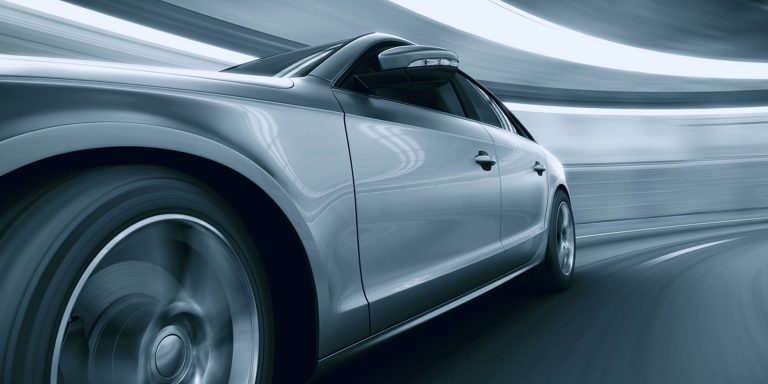Autonomous driving: how to overcome the 5 main technology challenges?
Autonomous vehicles – whether for personal transport or freight delivery – could offer a potentially enormous disruption to life, business and society. The possible benefits are manifold – reductions in accidents arising from human error, reduced cost & environmental impact of transport, liberation of time currently committed to driving, and accessibility to a wider range of users are all theoretically addressable.
Based on this context, key challenges must be overcome to achieve this vision:
- Assurance of systems and software: How can we define and demonstrate the right level of acceptability?
- Sensing and Connectivity: How can we ensure the right relationship between a vehicle and its environment?
- Judgement: How can automated systems exercise judgement?
- Architectures for managing complexity: How can we manage the resulting system complexity?
- Verification & validation: How much testing do we need, and how can we achieve it?
On this market context and this analysis, a number of implications and approaches to overcome these challenges can be considered:
The ultimate acceptability of autonomous vehicles will be a societal and political decision; consequently those involved have a duty to be transparent about their choices and the rationales for them. Assurance in the sense used by other regulated industries will in any case be difficult to obtain.
The complexity of the driving environment will demand both new sensors and new communications channels, and also increasingly sophisticated approaches to capture and interpret the information.
- The implementation of decision making processes must consider:
- An appropriate division of responsibility between operators, manufacturers and other parties, based on clear technical requirements instead of abstract goals.
- The ability to correct and update decision making policies over time.
- The role of human-machine interactions, will require user-centered design approaches to be adopted.
Autonomous systems will tend to high complexity, and architectural methods will be needed to keep costs manageable, and to make safety assurance plausible.
Whatever assurance targets are set, the complexity of vehicle’s and their environment will make testing challenging, so:
- Test approaches capable of supporting massive and well characterised test programmes are needed.
- Evidence gathered from a wide range of assurance methods (not only dynamic testing) will need to be used.
In addition, this technological domain is changing rapidly; companies – and governments – will need to invest to track emerging technology trends.
Discover the full paper.








